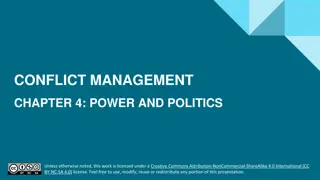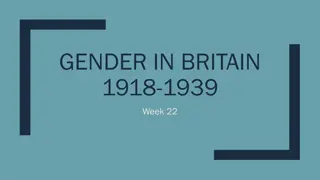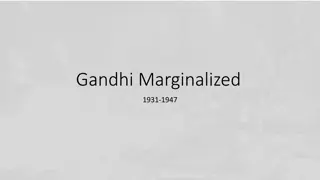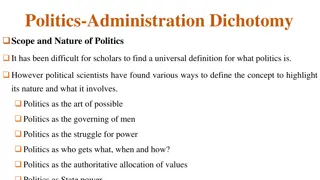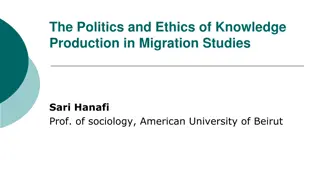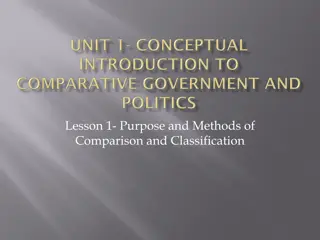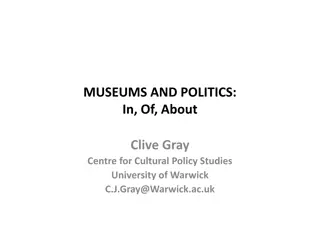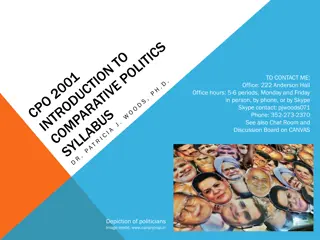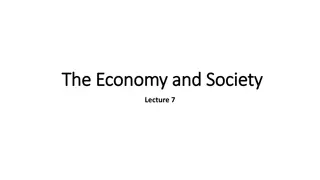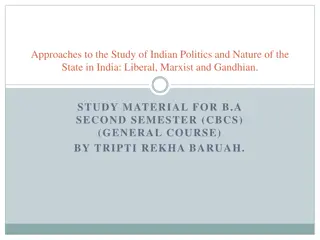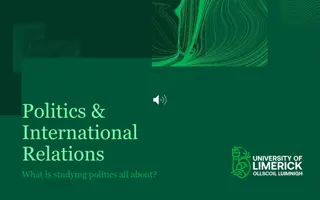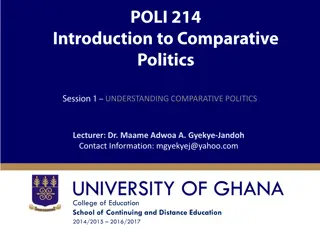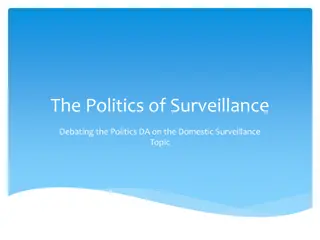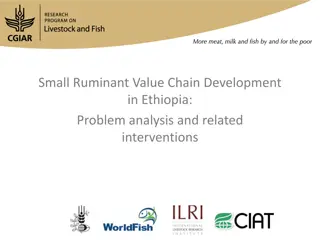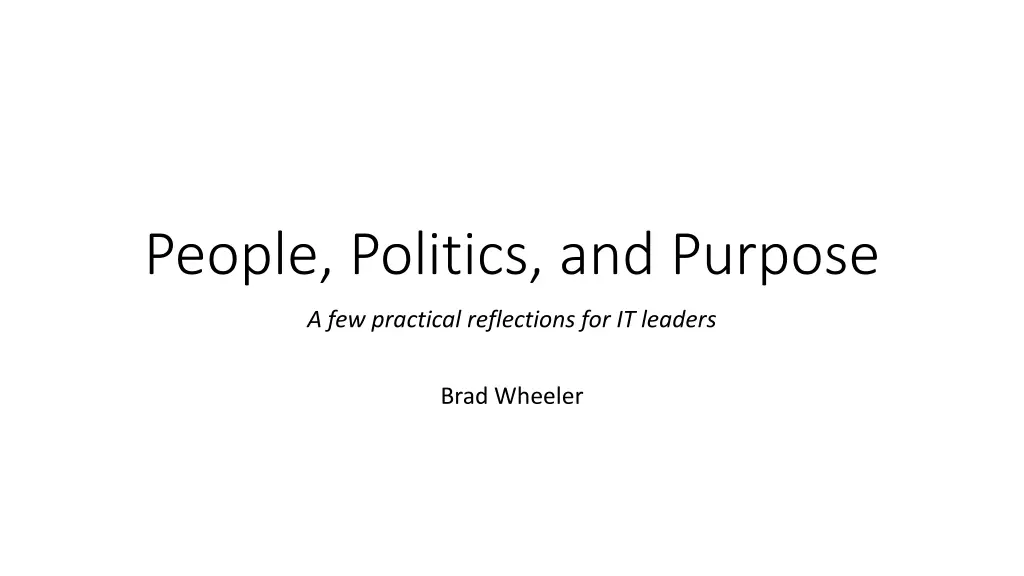
Reflections on IT Leadership: Practical Insights for Leaders
Explore practical insights on IT leadership, organizational dynamics, and decision-making with reflections from an IT leader at IU. Gain valuable perspectives on utilizing technology for strategic impact and navigating the intersection of people, politics, and purpose in the IT realm.
Download Presentation

Please find below an Image/Link to download the presentation.
The content on the website is provided AS IS for your information and personal use only. It may not be sold, licensed, or shared on other websites without obtaining consent from the author. If you encounter any issues during the download, it is possible that the publisher has removed the file from their server.
You are allowed to download the files provided on this website for personal or commercial use, subject to the condition that they are used lawfully. All files are the property of their respective owners.
The content on the website is provided AS IS for your information and personal use only. It may not be sold, licensed, or shared on other websites without obtaining consent from the author.
E N D
Presentation Transcript
People, Politics, and Purpose A few practical reflections for IT leaders Brad Wheeler
My Circular Leadership Journey IT Responsibilities Within IU Beyond IU Professor
Normative view of how organizations work Assess, Design and Implement a System Assertions of a Problem Adoption and Use But few organizations are normative
Power, Politics, and MIS Implementation (Markus, CACM, 1983) People and SystemTechnical Reasons? OrganizationalContext Specific Interaction? Reasons? What insights from 19 years in IT leadership?
A few examples and insights from CIO at IU eText Initiative Decision Support Initiative DSI/AM360 Student Technology Fee Career Services Duo Auxiliary IT 2011 2020 2015 2016 2013
2009- eText eText Initiative Initiative How can IU reduce the cost of required course materials? Digital?
2012?- Student Technology Fee Student Technology Fee Just simplifying campus fees?
2013- Auxiliary IT Auxiliary IT Should Auxiliary IT be based within campuses or consolidated? Why?
2015- Decision Support Initiative / AM360 Decision Support Initiative / AM360 How can IU systems better support decision makers?
2019- Career Services Career Services Should IU have a school, campus, and/or university approach to career service software systems? Why?
A few IU reflections and insights A few IU reflections and insights
Link Directly to the Mission Link Directly to the Mission of the Institution of the Institution Focus on the change as it directly relates to the mission not the turf wars
Arbitrate the Principles First Arbitrate the Principles First Principles are powerful and worthy of debate and explicit resolution
IT Systems Shift Power IT Systems Shift Power(real & imagined) (real & imagined) Overtly and explicitly discuss that up front and throughout the implementation, Tie it back to the mission
Use All the Tools Use All the Tools (in Sequence) (in Sequence) 1.Influence 2.Responsibility 3.Authority 4.Power (Tacit, Explicit)
Guiding Principles Principles for Career Services at Indiana University September 2019 Excerpt The following guiding principles are endorsed by the President and Executive Vice Presidents of Indiana University for the Bloomington, IUPUI, and Regional campuses. These principles are to help steer an evolution of software and services to support students and serve companies that seek to hire from IU campuses and schools. They recognize that the landscape of career services is evolving in how both students and companies seek and find each other. Some long-standing, successful practices will continue while new practices are emerging, and IU practices need to accommodate the past, present, and the future to be successful. These principles are less applicable to particular graduate schools that have unique career practices related to professional certifications and domains, e.g., Dentistry, Law, Medicine, etc. Role of the System Role of the System The primary goal of career services software and campus/school-based services should be to serve the distinct needs and desires of both students and employers. To achieve this goal:
1. IU should enable a complete roster of all internship- and career-seeking students across all campuses. For companies who wish to search the entirety of IU, this will enable a new possibility to do so. Campuses should also be able to establish default filters that enable a roster of students for a particular campus, e.g., IUPUI gateway page or campus career services would provide by default an IUPUI-only roster, IUB would have IUB, etc. Options should always enable employers to narrow their search to a school/major and to expand their search across the campus or university (see below). 2. The inventory of students should be enriched with many descriptors that may be important for employer searches. Some of this authoritative data will come from IU systems of record (e.g., SIS), and other information may come from school- or campus-based Career Service Offices. Some additional data may be provided by students. Examples could include particular career courses, internships, international experiences, etc. 3. Employers should be able to post positions with any minimum criteria that they require, e.g., Only Dual Majors in Public Health and Business; Course XXXX required; Member of club XXXX; etc. Only employers will set mandatory criteria, including which campuses, schools, or for courses that students must complete to be eligible. Schools may recommend to employers but not require that certain criteria may be helpful to them in achieving their hiring goals. 4. Students will be able to view all employer postings. Students who meet all employer qualifications can apply to positions and will be sorted into the first tier of applicants. Students who do not meet minimum qualifications can still apply, but will be sorted into a second tier of applicants 5. Employers should be able to search the entire roster of IU students within and across schools and campuses based on an employer s search criteria
People, Politics, and Purpose A few practical reflections for IT leaders Brad Wheeler

